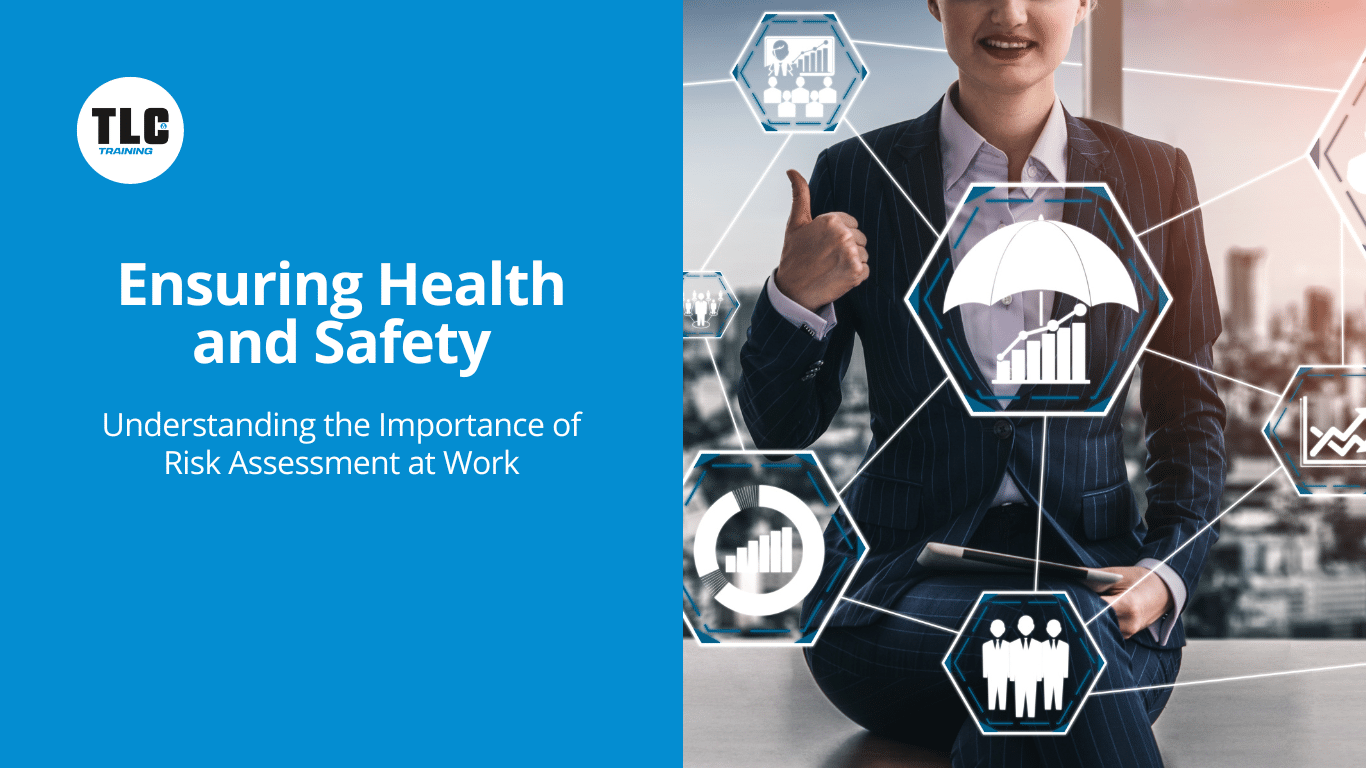In today’s fast-paced and dynamic work environment, safety and risk management have become critical aspects of operational efficiency. One of the key components in this regard is a risk assessment. A risk assessment is a systematic process of identifying potential hazards, evaluating the risks associated with them, and determining suitable ways to eliminate or control these risks. This blog post aims to shed light on what a risk assessment at work entails and why it is crucial for every organisation.
Understanding Risk Assessment
Risk assessment is a vital part of any organisation’s health and safety management plan. It involves a careful examination of what could cause harm to people in the workplace, so that appropriate measures can be taken to prevent accidents or ill-health. The main goal of conducting a risk assessment is to reduce the number of injuries or health problems in the workplace.
Risk assessments are not only about creating piles of paperwork but about identifying sensible measures to control risks in your workplace. They can be carried out by anyone who understands what they are doing, has sufficient knowledge about the work processes, and has been trained in risk assessment.
The Process Involved in Risk Assessment
A typical risk assessment process involves five steps:
- Identifying Hazards: This involves recognising anything that may cause harm such as chemicals, electricity, working at hight, noise, etc.
- Determining Who Might Be Harmed And How: This step involves identifying who might be affected by these hazards like employees, contractors, visitors, etc., and how they might be harmed.
- Evaluating Risks And Deciding On Precautions: Here you need to evaluate the likelihood and severity of harm from each hazard identified.
- Recording Your Findings And Implementing Them: Documenting your findings helps demonstrate that you have identified hazards, decided who could be harmed and how, and showed how you plan to eliminate or reduce these risks.
- Reviewing Your Assessment And Updating If Necessary: Risk assessment is an ongoing process and should be reviewed regularly or when significant changes occur in the workplace.
The Importance of Risk Assessment at Work
Risk assessments play a crucial role in maintaining a safe and healthy work environment. They help organisations understand the potential risks in their workplace, enabling them to implement effective measures to mitigate these risks. This not only ensures the safety and well-being of employees but also contributes to business efficiency by preventing work-related illnesses and injuries that could result in downtime or loss of productivity.
Moreover, carrying out risk assessments is a compulsory obligation in the United Kingdom, as outlined by various legal frameworks. Organisations operating within the UK are obligated to conduct comprehensive risk assessments under the purview of health and safety laws. Failing to adhere to this essential requirement can result in significant legal consequences and substantial penalties.
In the UK, the obligation to perform risk assessments is deeply rooted in the commitment to maintaining a safe and secure working environment. Health and safety legislation places the responsibility squarely on organisations to identify, assess, and mitigate potential risks that may arise in the course of their operations.
Non-compliance with these legal requirements can lead to severe penalties for businesses. Regulatory bodies are empowered to take enforcement action against organisations found neglecting their duty to carry out proper risk assessments. This underscores the critical nature of prioritising health and safety within the organisational framework.
Risk Assessment: A Proactive Approach to Workplace Safety
Risk assessment is not just about complying with laws or avoiding penalties; it’s about fostering a proactive culture of safety within the organisation. By identifying potential hazards before they cause harm, organisations can take preventive measures rather than reacting after an incident has occurred.
Furthermore, risk assessments can also contribute towards improving employee morale and engagement. When employees see that their employer is committed to ensuring their safety, it can boost their confidence and job satisfaction, leading to increased productivity.
In conclusion, risk assessment is an essential tool for maintaining a safe and healthy workplace. It helps organisations identify potential hazards, evaluate the associated risks, and implement appropriate control measures. By fostering a proactive approach to safety, risk assessments not only protect employees but also contribute towards business efficiency and compliance with legal requirements.
Remember that risk assessment is not a one-time activity but an ongoing process that needs regular reviews and updates. So make sure you have a robust system in place for conducting regular risk assessments at your workplace.
